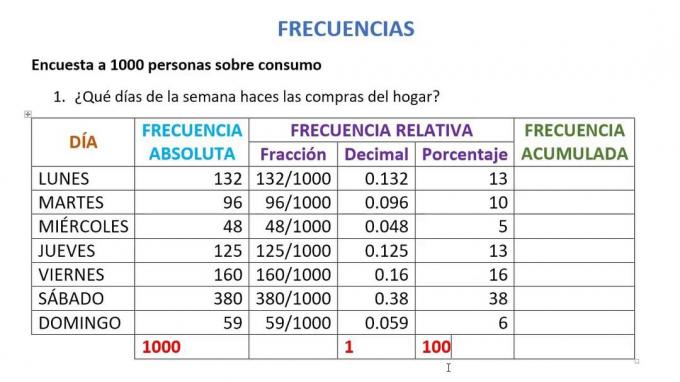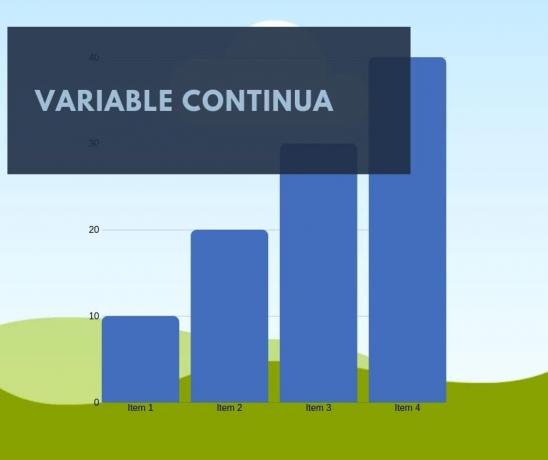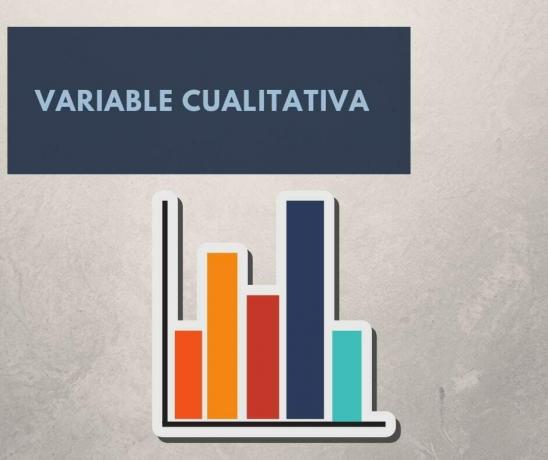The cumulative frequency It is the result obtained from the successive sum of the absolute or relative frequencies, when it is carried out from lowest to highest according to their values. In other words, it is understood as the number of times that a certain event is repeated in a sample or some experiment.
This number of repetitions is called absolute frequency, if this is divided by the size of the sample, the relative frequency is obtained as a result. Following the result of these data, the calculation of two types of accumulated frequencies is determined, these are the cumulative absolute frequency and the cumulative relative frequency.
Advertisements
In this article you will find:
Benefits of cumulative frequency

It is important to highlight that, when extrapolating the distribution of this type of frequency, certain errors by not making an adequate probability distribution once the range of observations.
Advertisements
To avoid this, it is necessary to apply different methods when carrying out the same procedure. Some include the normal, exponential, Pareto, and Gumbel distribution.
Another option that can be taken into account is the introduction of discontinuity between the data, which It is of great benefit in case the extreme values and the distribution are separated from the mass median. Among the uses of the method, the analysis of rainfall in response to changes in behavior according to the influence of currents stands out.
Advertisements
With the above described, it can be said that carrying out a prediction that is based on the distribution accumulated frequency, determines a level of margin of error that is often unacceptable. To reduce these types of results and provide the desired benefits, it is advisable to avoid cases that have different data range conditions if they must be compared.
How is the cumulative frequency classified?
In the accumulated frequency there are two types, these are the following:
Advertisements
Cumulative absolute frequency
This has the ability to indicate the amount of absolute frequencies, in order to totalize the events that are ordered in a list, these are usually identical or less than the value determined.
This frequency provides information on the number of times that an event is repeated, when a certain number of circumstantial experiments are carried out. In order to find it, only the absolute frequencies must be accumulated. It can be named with the letters Fi.
Advertisements
Example:
Assume the grades of 20 students:
1,2,8,5,8,3,8,5,6,10,5,7,9,4,10,2,7,6,5,10.
The first thing to do to find the accumulated absolute frequency is to order the data from least to greatest, then they must be tabulated and accumulated. As a result, we have:
Xi = Statistical random variable, exam grade.
Fi = Number of times the exam grade is repeated.
N = 20
It is important that the total of the absolute frequency coincide with the total of the sample, which is totally favorable to be able to verify that it is accumulated correctly.
Cumulative relative frequency
In this case, the cumulative absolute frequency it must be divided with the total sample. Some value of the population or sample (Fi) is calculated among the total of the values that make up said population or sample (N). Then to find it, the relative frequencies must be accumulated, which is qualified with the letters Hi.
Example:
Assume the grades of 20 students:
1,2,8,5,8,3,8,5,6,10,5,7,9,4,10,2,7,6,5,10.
The result is as follows:
Xi = Statistical random variable, corresponds to the grade.
Fi = The number of times the note is repeated.
N = 20
Hi = It is the proportion that will represent the i - th value in the sample.
How is the cumulative frequency calculated?
To perform the cumulative frequency calculation, the data should be sorted first of all from least to greatest. To make it easier and have a better visual image, they have to be placed on a table.
By having these data ordered and tabulated, the accumulated frequency can be obtained by adding each class or group of the sample with the previous one. In detail, the following steps must be followed:
Sort the data set
The data set is the group of numbers to work with. These values have to be ordered from lowest to highest.
Count the absolute frequency of each value
The frequency of a value is the number of times this usually appears. The easiest way to keep track of your data is by creating a table.
You only need to type the value or make a description of what the value measures at the beginning of the first column. You should also write the word frequency at the top of the second column, then fill in the box for each value.
Find the cumulative frequency of the first value
You should always start with the smallest value in the data set. Because there are no smaller values, the response is the same as the absolute frequency of that value.
Find the next value of the cumulative frequency
Having the first value, you must continue with the next value in the table. In order to find the cumulative frequency of this value, it will be necessary to add the absolute frequency with the total that is found accumulated so far, that is, the last accumulated frequency found is taken and then the absolute frequency of that value.
Repeat on each remaining value
You should continue scrolling to the larger values. Each time this process is performed, the accumulated frequency is added to the absolute frequency of the next value.
Check to see if it's okay
At the end of the entire process described above, the number of times that it has been presented must have already been added each of the variables and the final cumulative frequency will have to be equal to the total of the data points of the set.
What is the probability distribution?
The objective of formulating the cumulative frequency distributionin the statistical field, refers to the probability distribution, to be able to make the appropriate references of a certain function applicable in a variable, giving the events a definition about it and the different probabilities that a place or space.

